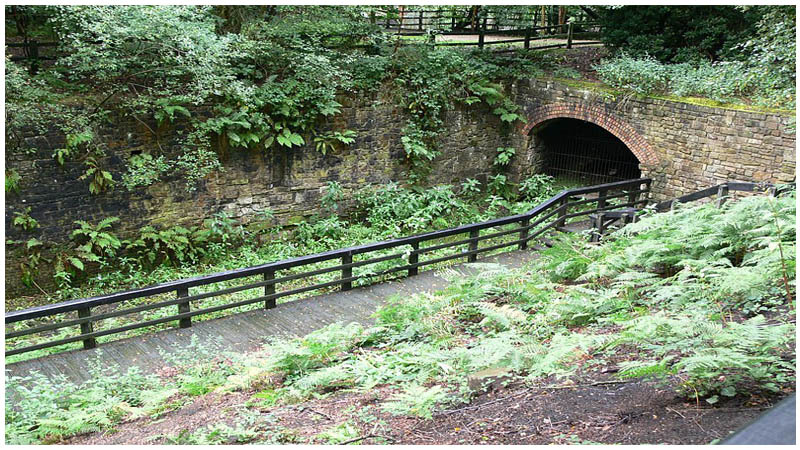Wet Earth Colliery is a long-dead coal mine on the Manchester Coalfield in the small town of Clifton, England. The site appears as though it has been trapped in a time warp and offers a rare glimpse into British mining history.
Nob End – a waste tip close to the village of Little Lever and two hundred yards from the colliery – is also a site that holds many traces of the early days of mining.
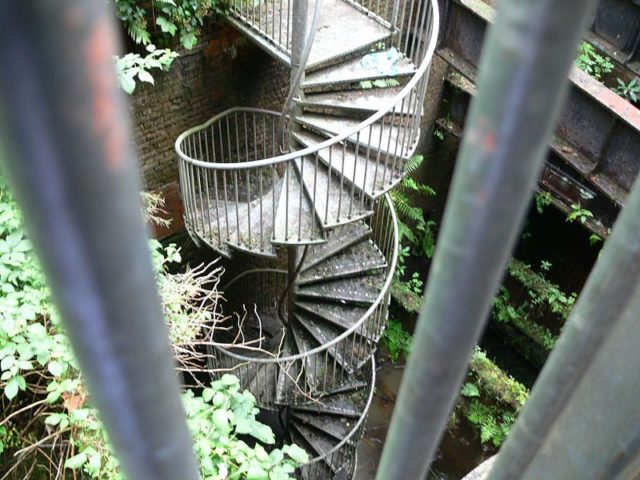
In the area around Nob End, a bell pit and a number of other smaller pits were discovered, indicating that the site was mined long before the Wet Earth Colliery was even formed. The colliery began operations during the 1740s.
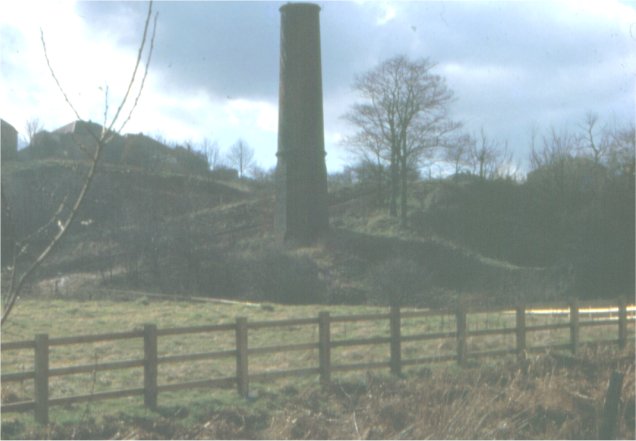
John Heathcote, a resident of the town of Glossop and owner of Clifton Estate, first started digging on the site. He began by sinking two shafts, each 50 feet deep, into a seam known as the Doe Mine.
The seam was around 9 feet 7 inches thick – enough for quality coal to be extracted from it.
In 1751, the colliery began operating under its current name and Heathcote decided it was time for another shaft to be sunk, about half a mile from the first two.
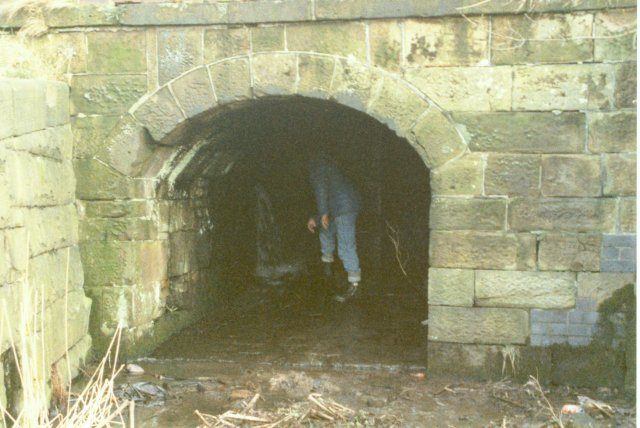
Heathcote soon came into difficulties and contacted Matthew Fletcher. Matthew was the son of Jacob Fletcher: an industrialist from the town of Bolton and the owner of a number of mines spread across a wide area that included Breightmet and Harwood.
Jacob Fletcher’s eldest son was John Fletcher, who was responsible for the sinking of a pit at Atherton, which led to the creation of Fletcher, Burrows and Company. Matthew took up mining engineering.
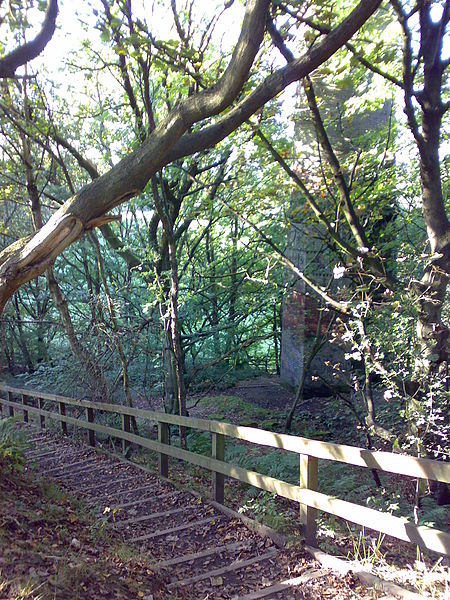
At first, the shaft was taken to 262 feet in depth to a seam that became central to the colliery. At a later date, the shaft was further deepened and reached 328 feet.
Major problems soon began to arise. Water from the River Irwell entered the mine through the Irwell Valley Fault.
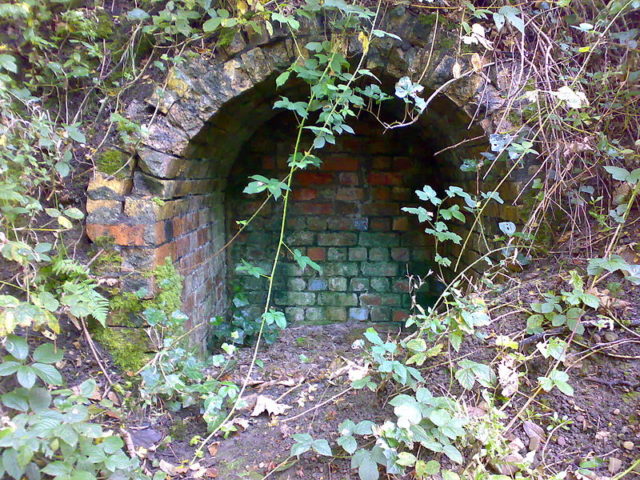
Heathcote contacted Matthew and asked him for advice on how to take care of this problem. Matthew failed to address the matter properly and Heathcote shut down the pit.
Heathcote then gave the mine to Matthew. The flooding problem reached the ears of James Brindley: notable English engineer and designer of the Bridgewater Canal and the Harecastle Tunnel, among many other projects.
After much engineering, tunnel-digging, and shaft-connecting, Brindley managed to solve the problem. When Matthew reopened the mine he continued with the shaft-sinking.
Around 1804, Matthew’s nephew Ellis Fletcher sank another shaft down to the Doe Mine and installed a steam-powered winding engine.
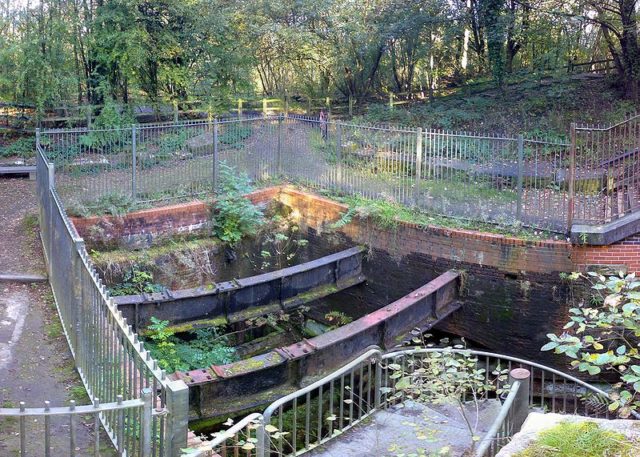
Ellis passed away in 1834, and John and Ellis Jnr. took over the business. John passed away one year later and Ellis Jnr. became the owner.
Ellis Jnr. was so struck by the deaths of his brother and father that he barely kept the mine open until the year of his own death in 1854.
It kept changing hands among the Fletcher family until 1880. That year, it was sold to the Pilkington brothers. They carried out extensive renovations and its operation and their gains doubled.
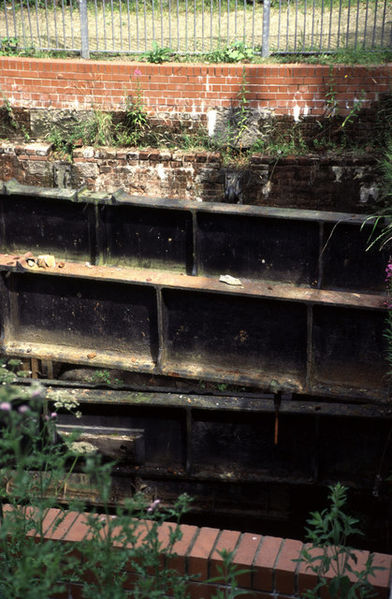
The history of the mine wasn’t without dark times. In total, it took 38 lives. The Pilkingtons ran the site until its closure in 1928.
Another Article From Us: The Haunted Island Poveglia, Italy
Operations completely ceased and the site was abandoned; it has remained as such ever since. Today, its remains can still be witnessed and the mine is part of the Clifton Country Park.
